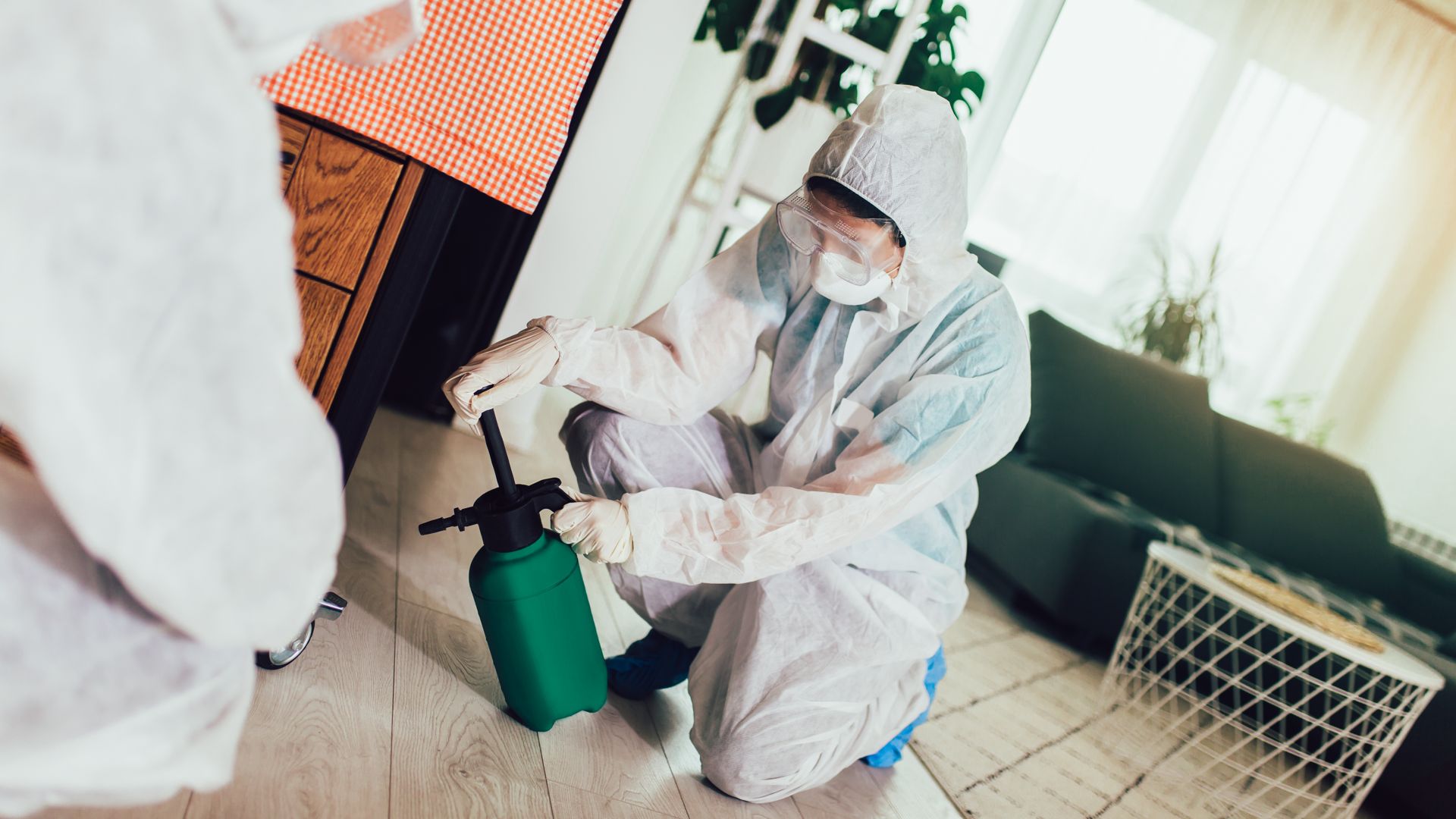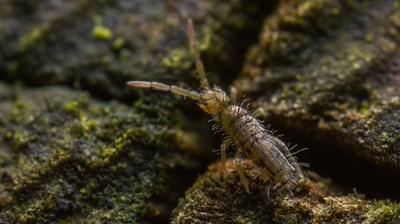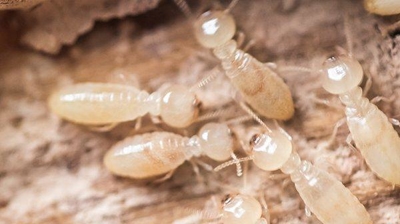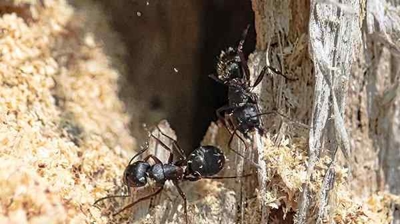What Does Termite Damage Look Like In Houston Homes?
If you are concerned about your home being infested with termites, then it is important that you understand what termite damage looks like because, if you don't know what termite damage looks like, you may miss the fact that you have a termite problem. But detecting termite damage is easier said than done. Here's what you need to know:
The termites that threaten the equity of homes in Houston are called subterranean termites. Subterranean termites, as their name indicates, they live sub (below) the earth (terra). In fact, the term "subterranean" means existing, occurring, or done under the earth's surface; secret; concealed. This is a very good description of these destructive insects as they live and travel to and from their nests underground.
Subterranean termite colonies are made up of several castes: queens, soldiers, workers, and reproductives. Since the workers, soldiers, and reproductives are the only termites you may actually see, we will only provide descriptions for these three types.
Subterranean Termite Workers
These termites make up the largest percentage of the termites in a colony. They have soft, creamy-white bodies, are blind and wingless, and grow to be around ¼ of an inch in length. Their main purpose in the colony is to tunnel through wood, gathering food to bring back to the rest of their colony. If you open up a wall or cut through some of the wood in your home, you may see these termites tunneling through and feeding on your home’s structural wood. You may also see them if you dig up some soil in your backyard, especially if you dig near the foundation of your home. But you aren't likely to see them above ground or crawling on the outside of wood.
Subterranean Termite Soldiers
These are the protectors of the termite colony. They can be found alongside workers within termite tunnels. You'll be able to tell the difference between soldiers and workers by the size and coloration of their heads. Soldier termites have large, dark heads with black pincers on the front while the workers have creamy-white colored bodies and heads; soldier termites are also slightly larger. Like subterranean termite workers, the soldiers are also wingless and blind.
Winged Reproductive Termites
These termites look a lot like flying ants. They range in color from dark brown to black and grow to be around ¼ to ½ of an inch in length, which makes them the largest termites in their colony, apart from the queen. Also called termite swarmers, these winged reproductives may emerge from their nests briefly for about half an hour to mate and establish new colonies before disappearing again inside wood or soil. That is a very short window to notice these swarmers!
What Does Subterranean Termite Damage Look Like?
It is rare for homeowners to spot termite damage as these destructive pests feed on the inside of wood and carve massive, hidden galleries. The only time you'll see these galleries is when you do a renovation. If you open up a wall and find termite tunnels inside, these tunnels will be little larger than the size of the termite worker that made them (about ¼ of an inch) and the tunnels will appear as if they are stacked on top of each other.
Under the right conditions, termites can feed on wood that you can see, but this wood will be hidden away in damp, dark locations. If you find wood that looks as if it has been chewed by insects or you see channels carved in wood, look closely to see if there is any grit. This will help you to determine whether they were created by carpenter ants or termites. Termites bring soil into their tunnels which makes them gritty and dirty while carpenter ants push their frass out of their tunnels through kick-out holes which makes the tunnels they create appear smooth and look like they’ve been sanded down.
Most of the time, you're going to have to look for the outward indication of inward termite damage. Here are a few examples:
- Termite workers have an aversion to light. They will feed right up to the surface of wood without breaking through to the outside. This can make wood or the paint on the wood appear to have dents or bubbles.
- If you tap on a support beam and it sounds hollow, there may be termites tunneling inside.
- Over time, termite damage in a home will begin to make floors sink down. Doors and windows will begin to stick or windows will not be able to stay open on their own. However, we hope you don't wait to detect termites in this way as when this occurs, the damage has most likely become quite extensive already.
Termites are sneaky. The damages they do usually remain hidden. That's why it is so important to have a professional install termite protection around the perimeter of your home! The best solution for sneaky termites is the Sentricon® System with Always Active™. Sentricon® with Always Active™ is a powerful, eco-friendly bait solution that makes termite detection and elimination easy!
If you live in the Katy, Houston, or the surrounding area, find out more about Sentricon® with Always Active™ by reaching out to us! Modern Pest Control is a Certified Sentricon® with Always Active™ Installer. Contact us today and we'll help you get your termite protection in place and help you protect your home from those silent destroyers!



